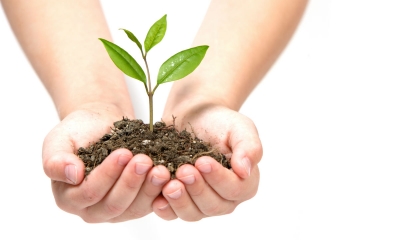
We need to preserve and take good care of the Earth and resources – the air, water, soil, plants, and animals on which we depend. This is what conservation is all about.
If we really care about nature, then surely conservation has to be practical; it needs to work. Everything we hear on the news seems to say the opposite: nature continues to go down the tube; extinction rates are increasing; new threats like climate change are emerging; and beautiful places are being destroyed before our eyes. All this is true; and yet, paradoxically, there is increasing evidence that conservation is working. How so?
Surely, if things are getting worse, it is obvious that conservation is failing. Well, no. For sure, the overall situation is getting worse, but not as fast as would be the case if we were doing no conservation at all. For example, in 2006, scientists at BirdLife International showed that conservation action had prevented 16 bird species from going extinct during the 1994-2004 time period. In 2014, scientists from the Durrell Wildlife Conservation Trust found that sustained conservation action from 1988 to 2012 resulted in eight species being down-listed to lower categories of threat on the IUCN Red List of Threatened Species (meaning they are now less at risk of extinction). In a pivotal study in 2015, a group of researchers from the IUCN Species Survival Commission found that without conservation action that took place between 1996 and 2008, the status of the world’s ungulates (deer, antelopes, cattle and their relatives) would have been nearly eight times worse (as measured by the IUCN Red List Index) than was actually observed.
There is one clear conclusion from these and similar studies: conservation does work, but we do not do anywhere close to enough of it. The threats to nature are certainly growing and this means that we have to spend more on conservation just to stand still. On the other hand, if some of the commitments made by the world’s governments are actually acted upon, such as the 2010 Aichi Biodiversity Targets and the 2015 Sustainable Development Goals, then the amount of resources to be allocated to conservation is set to increase. Let’s hope that this will indeed be the case. In practice, to achieve the level of success that we need, governments will need to do much more, but so will all of us, including commercial corporations.
Picture Credit : Google




